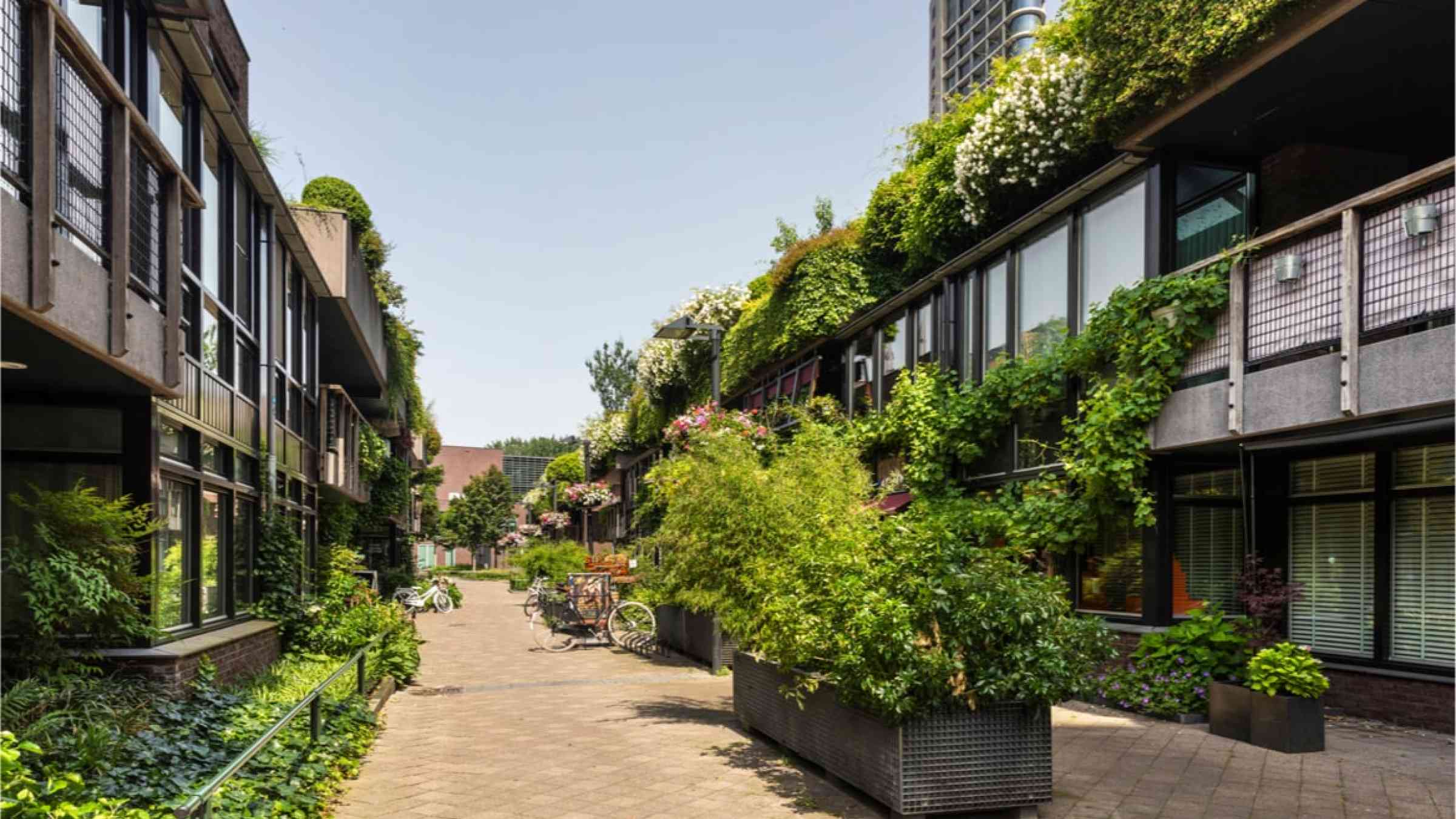
As cities everywhere get hotter, addressing increasing heat is becoming a priority.
In a new publication, “Planning for Urban Heat Resilience,” Sara Meerow, assistant professor in the School of Geographical Sciences and Urban Planning at Arizona State University, and Ladd Keith, assistant professor in the School of Landscape Architecture and Planning at the University of Arizona, break down the complexities of the urban heat resilience, including heat contributors and impacts, and provide detailed guidance on how communities can help solve these issues through heat mitigation and management strategies.
Heat contributors
Hot weather is not new, but cities are becoming consistently hotter because of a combination of global climate change and more localized urban heat island effects.
Global average annual temperatures have increased 1.8 degrees Fahrenheit since 1900, and urban areas can be as much as 7 degrees Fahrenheit hotter than their surrounding countrysides during the day because of the built environment and waste heat.
Even a small shift in average annual temperatures can mean a large increase in the number of extremely hot days.
Heat impacts
Extreme heat is the deadliest among climate risks in the U.S.
The 2021 extreme heat wave that hit the Pacific Northwest killed an estimated 1,200 people after temperatures rose to a record breaking 116 degrees Fahrenheit in Portland and 108 degrees Fahrenheit in Seattle. This unprecedented event showed that communities everywhere need to take heat planning seriously. In addition to social impacts such as public health, extreme heat also threatens infrastructure, ecosystems and economies.
These heat impacts are not evenly distributed across cities and populations. A study found that in six of 175 of the largest urbanized areas in the U.S., the average person of color lives in a neighborhood with a higher urban heat island effect than non-Hispanic whites. These neighborhoods commonly have less vegetation and more paved surfaces, like asphalt.
Heat resilience strategies
Heat mitigation strategies aim to cool cities by changing the way we plan and design the built environment, incorporate vegetation and reduce waste heat.
Heat management strategies focus on protecting people from heat that cannot be mitigated. This may mean establishing dedicated cooling centers where people can seek shelter and assistance, ensuring everyone has access to reliable energy and indoor cooling, and requiring certain protections for people working outdoors in hot weather.